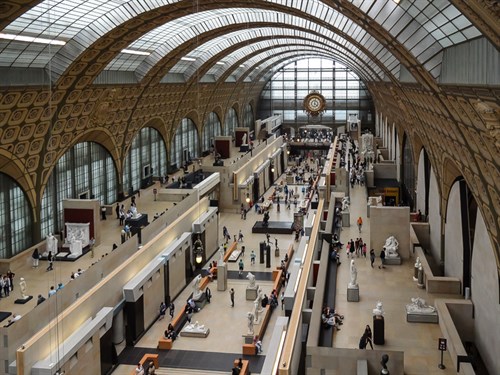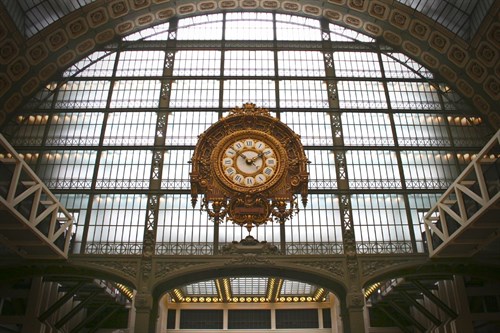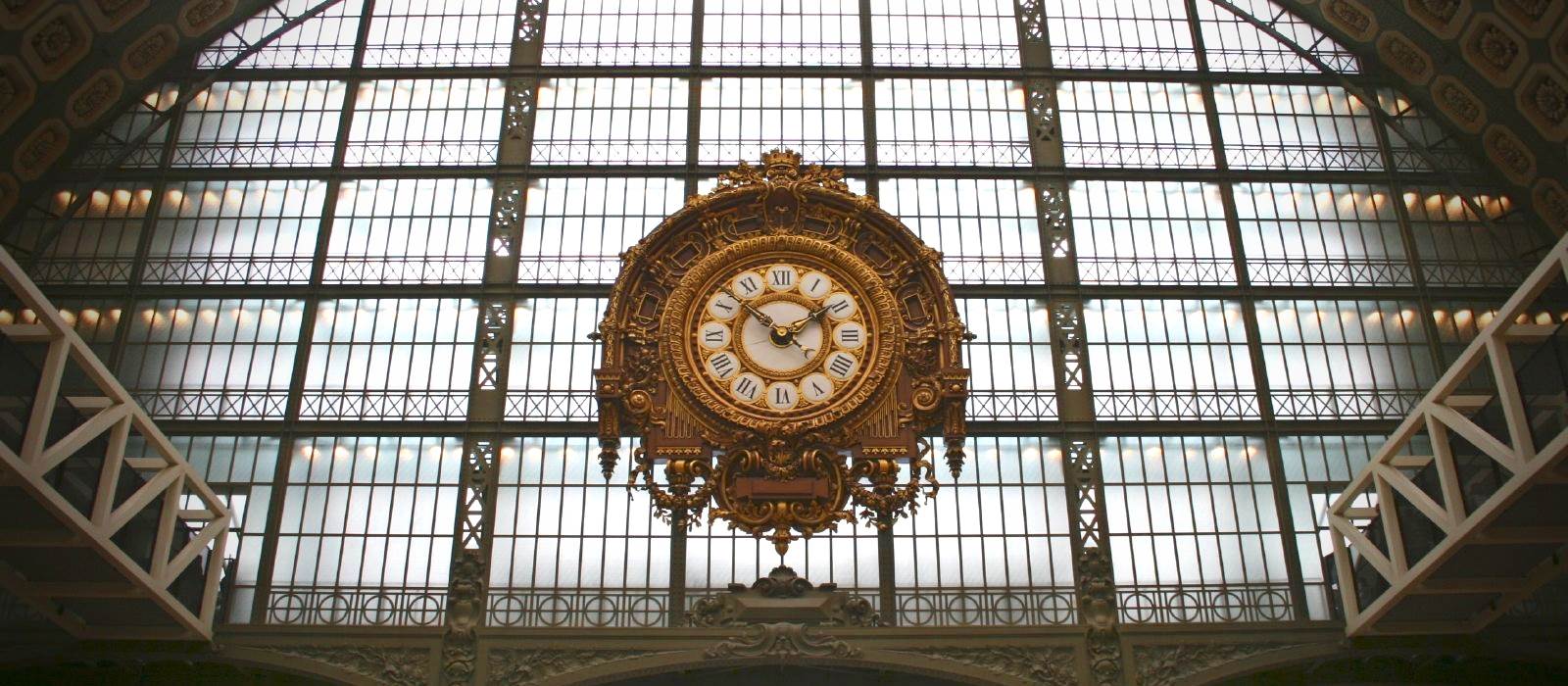
The Musée d'Orsay: A Celebration of French Artists in Paris
Explore Great French Paintings, Sculptures and Photography
One of the most famous and beautiful museums in Paris is the recently-refurbished Musée d'Orsay. Housed in an ornate railway station from the turn of the 20th century, this museum specialises in French art. Whilst the Louvre houses one of the largest collections of world art and the Pompidou Centre celebrates modern art post-1914, the Musée d'Orsay proudly boasts one of the largest collections of impressionist and post-impressionist masterpieces in the world.
Artwork at this museum comes from the decisive 1848 – 1914 period, a time that changed Europe forever. Works by celebrated French artists Degas, Monet, Cézanne and Renoir are amongst the collection in this authentically preserved fin de siècle building on the north bank of the River Seine. For those in search of a truly French experience from the Golden Age of art in France, the Musée d'Orsay must not be missed.
An Extraordinary Historic Building
Perched on the River Seine in the 6th arrondissement, the original railway building still looks as impressive today as it did when it was opened in 1900 for the Exposition Universelle – the World’s Fair. The great length of the white limestone building and large, ornate windows flanking the sides still betray this structure as an early 20th century railway terminal. However, instead of busy platforms of jostling travellers, once you step inside, visitors are met with a very different scene.

The elaborate features of the station, such as the high vaulted ceiling and glass-panelled windows in the roof are preserved to allow natural light in to illuminate the main hall. Recently, the station’s tilework has been beautifully restored and the gilded light fixtures that hang from the ceiling were renovated to their previously elegant condition. The crowning glory of the entrance hall is the gilt, baroque-style clock which is visible from everywhere in the room and chimes the hour – another reminder of the building’s former function.
The main hall is mostly dedicated to sculpture. Since the recent refurbishment, new marble sections have been added to the sides of the room to divide the space into smaller antechambers, accommodating individual collections. This has also extended the upper levels of the hall, meaning visitors can explore more artwork on the first floor mezzanine area. The main entrance remains open and airy with some of the most eye-catching sculptures by artists such as Paul Gauguin, Edgar Degas and Auguste Rodin lining the walkway. There are many opportunities to sit on benches around the main hall for a quiet moment of reflection and to appreciate your surroundings. This room has a calm, respectful atmosphere, not dissimilar to that of a place of worship – this illustrates the relaxation and contemplation visitors find in this gallery.
A Different Delight in Each Room
Moving into the other areas of the museum, you will notice the recently painted rich, berry-coloured walls chosen to present the paintings. This choice of colours for the collections is a deliberate nod to the grandeur of the eras the gallery celebrates in its artworks – the Second Republic through to La Belle Époque. By choosing opulent, lavish shades such as this, the museum showcases the artwork in an atmosphere similar to that of the original times these pieces were created. Often enhanced by golden frames, the paintings in the Musée d'Orsay collections are mounted on these walls sparingly to allow plenty of space for guests to roam and take in the true beauty of the art – generous use of space and light is the common theme throughout this gallery.

Amongst the celebrated artworks you’ll recognise Renoir’s classic Bal du Moulin de la Galette, the famously complex scene of Parisian revellers and Starry Night Over the Rhone, the characteristically nocturnal piece by Van Gogh. Helpful signs and leaflets, as well as guided tours and audioguides in a range of languages are available to visitors to navigate the museum so you don’t miss a thing.
Compilations are grouped and displayed in an ever-evolving movement of artwork at the Musée d'Orsay. Instead of permanent, rigid collections, the art is regularly rotated and themed in new creative ways, allowing visitors to view pieces in a different light each time they visit. Paintings on loan to other galleries worldwide are returned, just as other pieces are lent out in a constantly changing melange of art.
Enchanting Exhibitions of Europe 1848-1914
Alongside this fluid collection, exciting exhibitions are created for fixed periods – past displays have celebrated sculpture, painting, photography and historic objects. Impressionism exhibitions are always popular and tend to focus on themes such as love, society and family, using nature and pastoral scenes to capture the ‘golden’ era they were created in. Post-impressionist exhibits also intrigue visitors, rebelling against the earlier movement with their darker themes of poverty, dreams and death.
The Musée d'Orsay captures a time of anticipation for the new century and immense industrial change in France and the wider world, between 1848 and 1914. Exploring the paintings here offers more than other galleries, instead you are journeying through a key era in Europe, experiencing what life was like in a time that optimistically thought mankind was heading for prosperous times with the dawn of the 20th century. This artwork is an insight into what life was like during this expectant chapter across Europe, before decades of unrest and war ravaged the continent. It is a fascinating collection, not to be missed by lovers of art and history alike.


